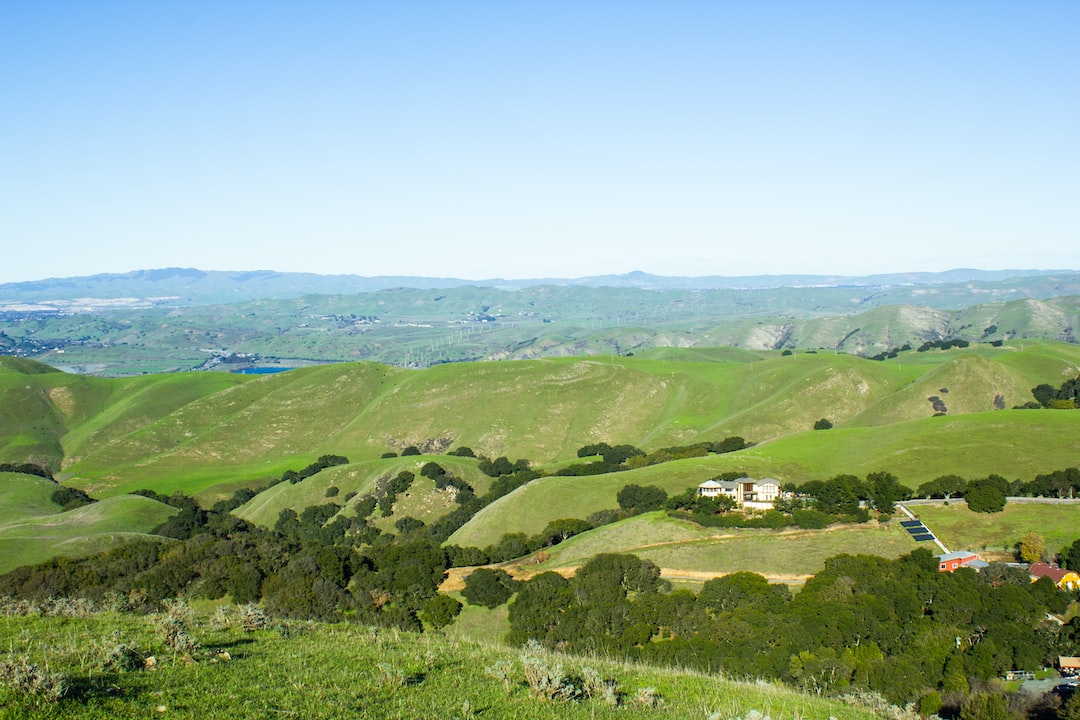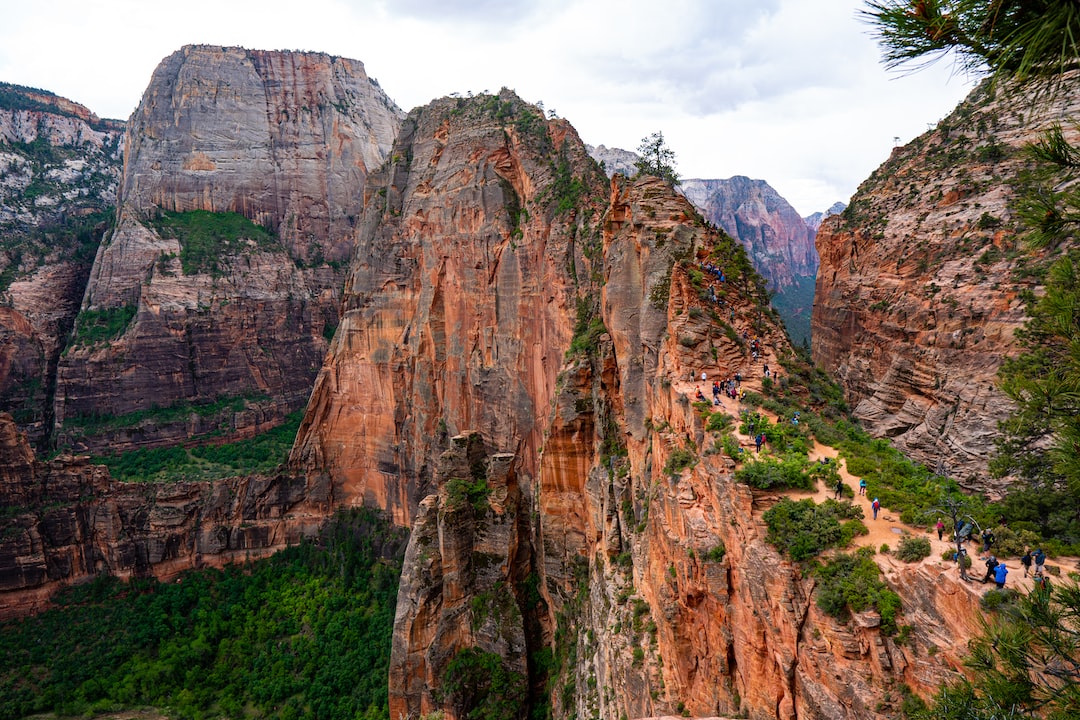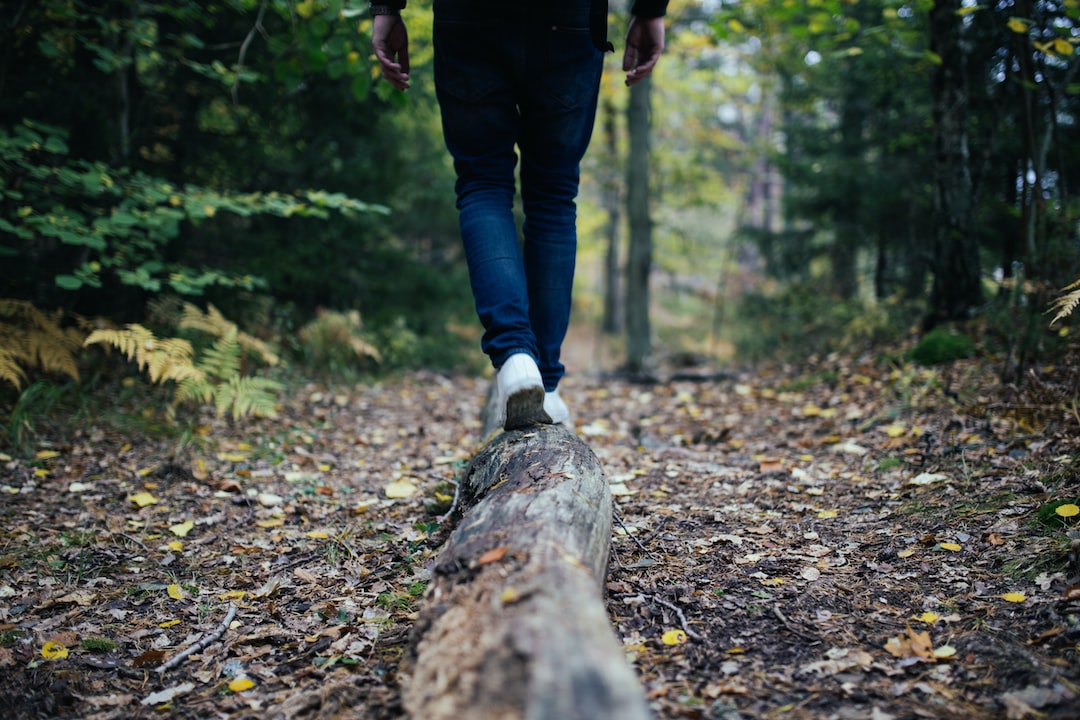With a trail to suit any hiker’s ability level, is it any wonder why Mission Peak is renowned among avid adventurers?
Hiking Mission Peak takes 2-5 hours, depending on fitness level and resting time. Start early, carry a minimum of 2 liters of water, wear sunscreen and sturdy shoes, and hike at a steady pace. Follow posted signs and be mindful of park hours. Visit on weekdays to avoid crowds and study trail maps beforehand for a successful hike.
How Long Does It Typically Take to Hike Mission Peak?
The answer to this question largely depends on individual fitness levels, hiking experience, and the specific trail chosen. Mission Peak offers several trail options, each with varying difficulty and lengths.
The most popular, and arguably most challenging, trail is the Hidden Valley Trail. This steep ascent stretches approximately 6 miles (round-trip) and typically takes hikers between 3-5 hours to complete. Providing an excellent workout, this trail is ideal for experienced hikers who can maintain a steady pace and don’t mind a challenge.
Another option is the slightly longer Peak Meadow Trail, which spans around 7 miles (round-trip) and takes about 4-6 hours to finish. This trail offers its own set of challenges, with a more moderate gradient and several switchbacks. In my experience, well-prepared hikers of moderate fitness levels can tackle this trail successfully.
Lastly, we have the Eagle and Bay View Trail, which takes the longest to complete at roughly 8 miles (round-trip) and requires 5-7 hours. This path is perfect for those seeking a more leisurely hike with a lesser incline.
What Time Should You Start Your Hike?
When planning to hike Mission Peak, it’s crucial to consider the time of day you’ll be embarking on your adventure. Based on your hiking speed, the trail you choose, and the season, the ideal start time can vary:
For early risers or those who cherish sunrise views, an early morning start is most suitable. During summer months, the temperatures tend to rise considerably after sunrise, so beginning your hike early allows you to avoid the extreme heat. In my experience, a pre-dawn start (somewhere around 5-6 am) also grants you the greatest chance of encountering wildlife.
On the other hand, if you’re not big on waking up before the crack of dawn, a late afternoon hike may be more your speed. This option will reward you with cooler temperatures and the possibility of golden-hour, sunset panoramas. Be mindful of the remaining daylight hours and always bring a headlamp to ensure safe navigation in case your hike takes longer than expected.
What Gear Should You Bring on Your Hike?
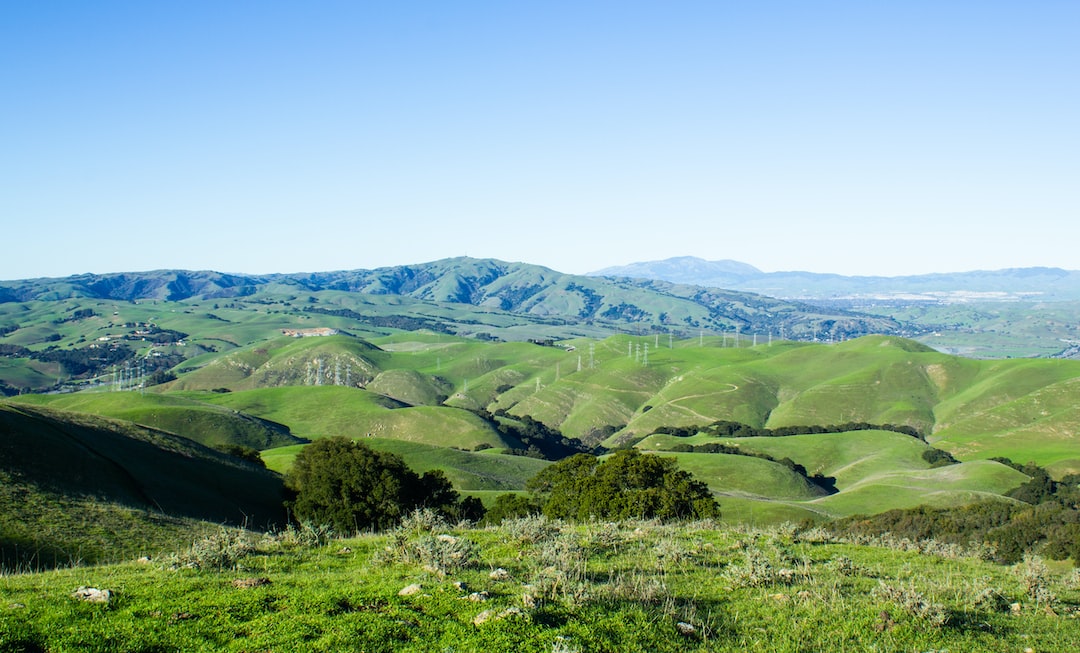
No matter which trail you decide to conquer, it’s essential to be well-prepared with the appropriate gear. The following items are recommended for a safe and enjoyable hike:
1. Sturdy hiking shoes: A pair of durable, supportive shoes with good traction is indispensable for navigating the rocky, steep terrain of Mission Peak.
2. Water: Carrying enough water is crucial for staying hydrated during your hike. A general rule of thumb is to bring about 1 liter per 2 hours of hiking.
3. Snacks: High-energy, portable snacks like energy bars, trail mix, or jerky help sustain energy levels and keep you fueled throughout the hike.
4. Layered clothing: Weather conditions may change rapidly on Mission Peak, so it’s wise to dress in layers that can be added or removed accordingly.
5. Backpack: A comfortable, lightweight pack will help carry your essentials, such as water, snacks, and extra clothing.
6. First aid kit: Accidents can happen, so be prepared with a basic first aid kit, containing items like band-aids, gauze, and antiseptic wipes.
7. Navigation tools: While the trails are well-marked, having access to a map, compass, or GPS device ensures that you stay on track.
Are There Any Hiking Etiquette Tips to Keep in Mind?
Responsible hiking not only guarantees a more pleasant experience for everyone but helps preserve and protect the natural environment. Adhering to these hiking etiquette tips will make your Mission Peak adventure enjoyable while minimizing your impact on the trails:
1. Stay on designated paths: Cutting through switchbacks or wandering off-trail can cause erosion and harm plant and wildlife habitats.
Elevation Gain and Acclimatization

Mission Peak stands at an elevation of 2,517 feet (767 meters). Hikers can expect to ascend roughly 2,100 feet (640 meters) of elevation gain from the trailhead in Fremont to the summit. Although the elevation itself isn’t exceptionally high for most hikers, the sustained steepness of some trails may pose an endurance challenge.
To ensure a successful hike, acclimatize yourself to the elevation and elevation gain beforehand. Practicing hikes with similar inclines or terrain types in your local area will prepare your body and build your endurance for conquering Mission Peak’s slopes.
Preparing for Weather Changes
As with any outdoor adventure, the weather at Mission Peak can be unpredictable. While the park experiences pleasant, sunny weather for most of the year, it’s still vital to check the weather forecast before setting out on your hike.
During hotter months, be prepared for high temperatures and bring sufficient water and sunscreen. On cooler days or in the winter, be sure to dress appropriately to protect yourself from wind and cold, which can be exacerbated at higher elevations.
Rain can make the trails muddy and slippery, and foggy conditions could impact visibility. If you encounter either of these situations, exercise caution while hiking and be ready to turn back if the conditions worsen or if you feel uncomfortable continuing.
Wildlife Encounters and Safety
Mission Peak is home to diverse wildlife, including deer, coyotes, bobcats, and several bird species. While observing them can be a rewarding element of your hike, it’s crucial to maintain a safe distance and respect their habitats.
Avoid feeding animals, as this can cause them to associate humans with food, which could result in subsequent dangerous encounters. Additionally, familiarize yourself with any potential hazards, such as poisonous plants or snakes commonly found in the area. Educating yourself on how to react to or avoid these hazards can help ensure a safe and enjoyable hike.
Hiking with Friends and Family
Mission Peak can be a fun adventure to share with others. Hiking with a group provides encouragement, motivation, and an extra layer of safety in case of emergencies. If you’re planning to hike with friends, family, or even pets, communicate openly about each person’s physical abilities and comfort levels to select an appropriate trail for everyone.
Remember that dogs are allowed on Mission Peak trails but must be leashed at all times and cleaned up after accordingly. Bringing waste bags and extra water for your pets is essential to ensure a safe and enjoyable hike for both you and your four-legged companions.
In conclusion, hiking Mission Peak requires thoughtful planning, appropriate gear, and adherence to hiking etiquettes. By considering the hike’s duration and gathering essential tips, you’ll be well-prepared for an unforgettable experience as you conquer this iconic peak.
Making the Most of Your Hike: Scenic Spots and Photo Opportunities
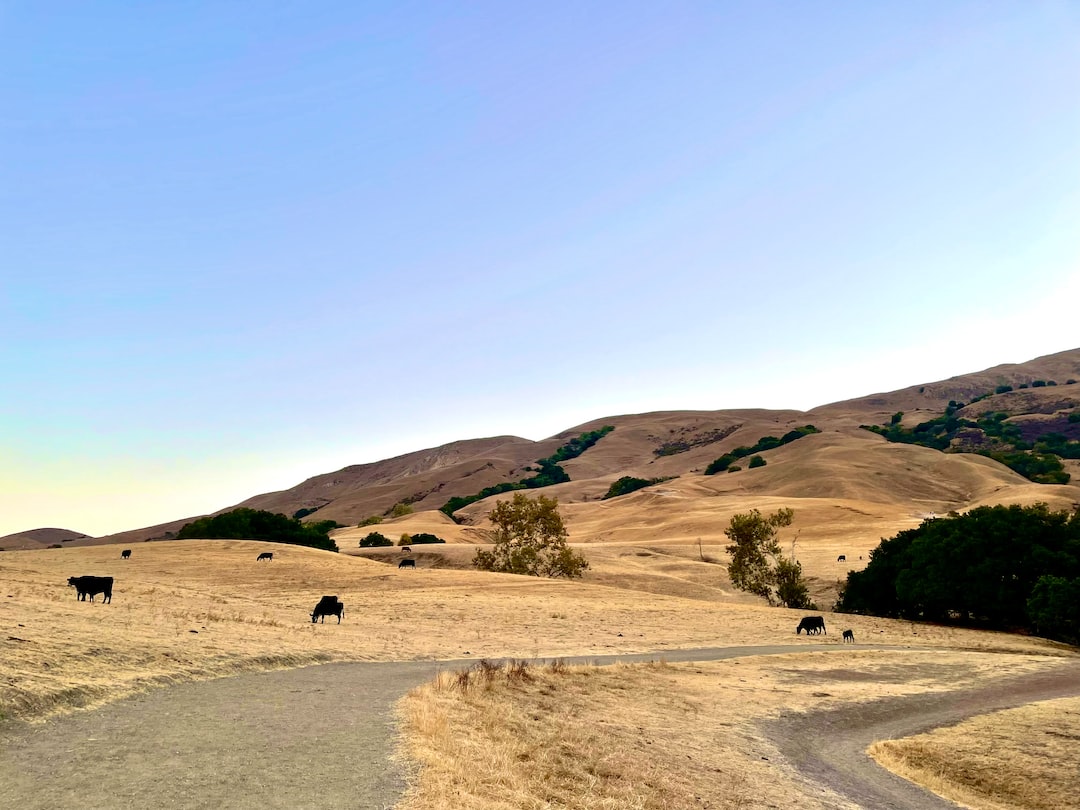
One of the highlights of hiking Mission Peak is the incredible scenery and photo opportunities that await you along the way. As you climb the mountain, be sure to take the time to appreciate the natural beauty and snap some memorable photos. Some noteworthy spots to look out for on your hike include:
1. Hidden Valley: Nestled along the Hidden Valley Trail, this lush valley provides a picturesque backdrop for a rest stop or a quick photo.
2. Grove Overlook: Accessible along the Peak Meadow Trail, this shaded grove offers a tranquil setting with a view of the surrounding hills and valleys.
3. False Summit: Although not the actual peak, this elevated point along the trail is a popular rest stop that boasts panoramic views of the San Francisco Bay and surrounding mountains.
4. Summit: Of course, the true reward of your adventure lies at the Mission Peak summit itself. The 360-degree views of the Bay Area and the triumphant feeling of reaching the top provide an unmatched sense of accomplishment.
Remember, while capturing your memories in photos is wonderful, it’s also essential to truly immerse yourself in the experience by taking moments to appreciate the beauty that surrounds you.
Alternative Hiking Routes for a More Personalized Experience
Although the trails mentioned earlier are among the most popular, Mission Peak Regional Preserve also boasts a network of other paths that can be combined to create more personalized hiking experiences. Whether you’re seeking seclusion, additional challenges, or expanded sightseeing opportunities, these lesser-known paths allow you to customize your hike. Here are a few recommendations:
1. Reverse Peak Meadow Trail: Ascend via the Peak Meadow Trail and descend through Hidden Valley for a longer, more varied hike, offering the best of both terrains.
2. Horse Heaven Trail Loop: This trail begins at Stanford Avenue and connects to the Bay View Trail. It offers a moderate challenge and stunning views while avoiding the usual crowds.
3. Agua Caliente Trail: A lesser-known alternative, the Agua Caliente Trail can be accessed from Ohlone Wilderness Road and presents a longer, more remote hike, perfect for those who yearn for solitude amidst nature.
When venturing off the beaten path, ensure you are well-prepared, have appropriate navigation equipment, and share your plans with friends or family for safety purposes.
Joining a Mission Peak Hiking Group
If you’re interested in meeting like-minded hikers and fostering a sense of community during your Mission Peak adventure, consider joining a hiking group. There are numerous local clubs, online forums, or social media pages dedicated to organizing group hikes in the Bay Area. Participating in these events can facilitate lasting friendships, provide opportunities to learn from experienced hikers, and serve as sources of motivation and support along the way. Just make sure to choose a group with a similar hiking pace, interests, and physical abilities as yours to ensure a harmonious and enjoyable experience.
In conclusion, by thoroughly exploring the various trail options, making the most of the beautiful scenery, customizing your hike, and even potentially joining a hiking group, your Mission Peak hiking experience promises to be both rewarding and memorable. With a mixture of proper preparation and adventure spirit, you’ll leave Mission Peak with a sense of accomplishment and a treasure trove of cherished memories.

